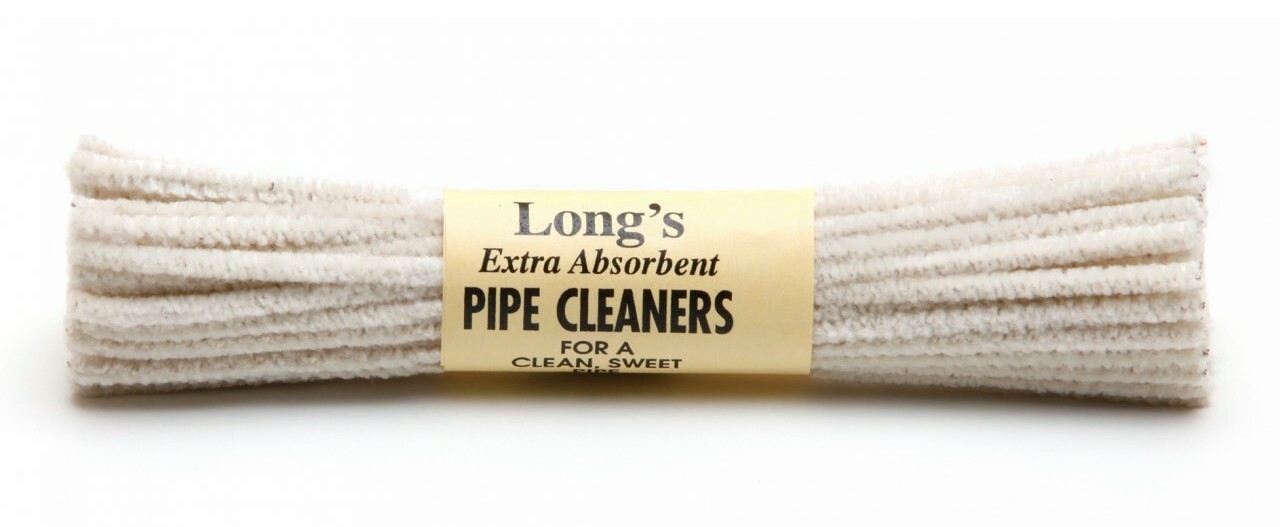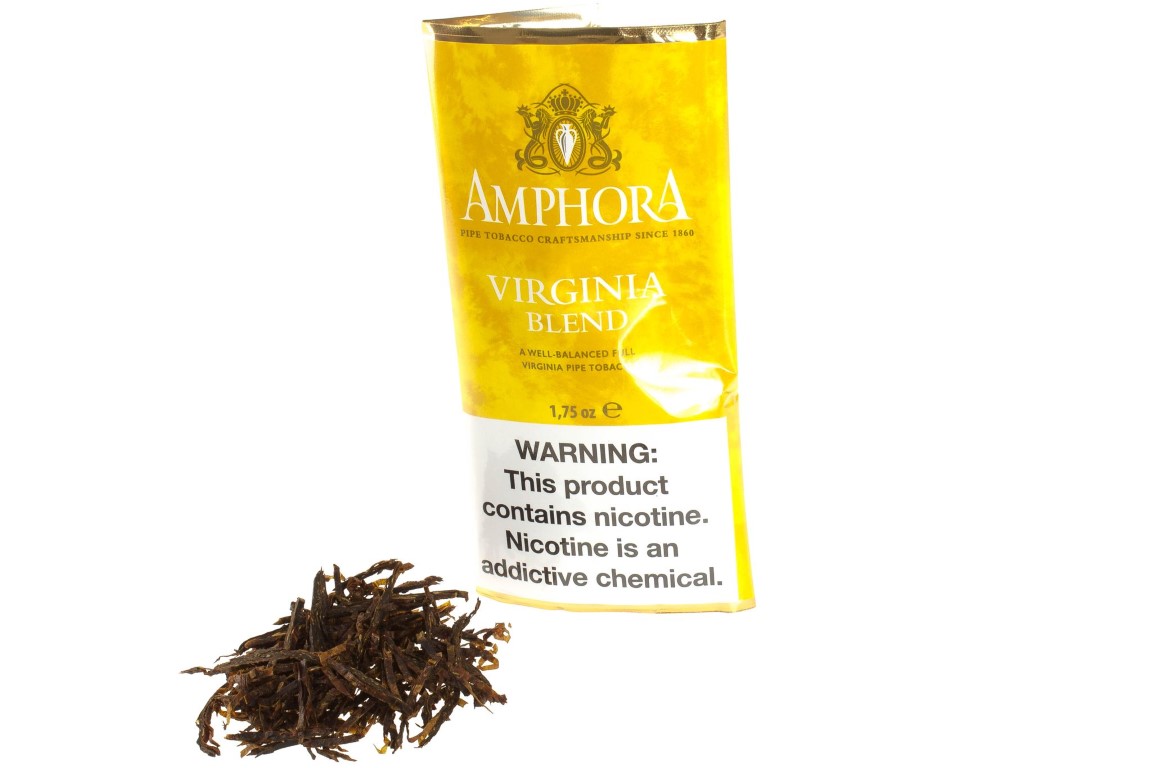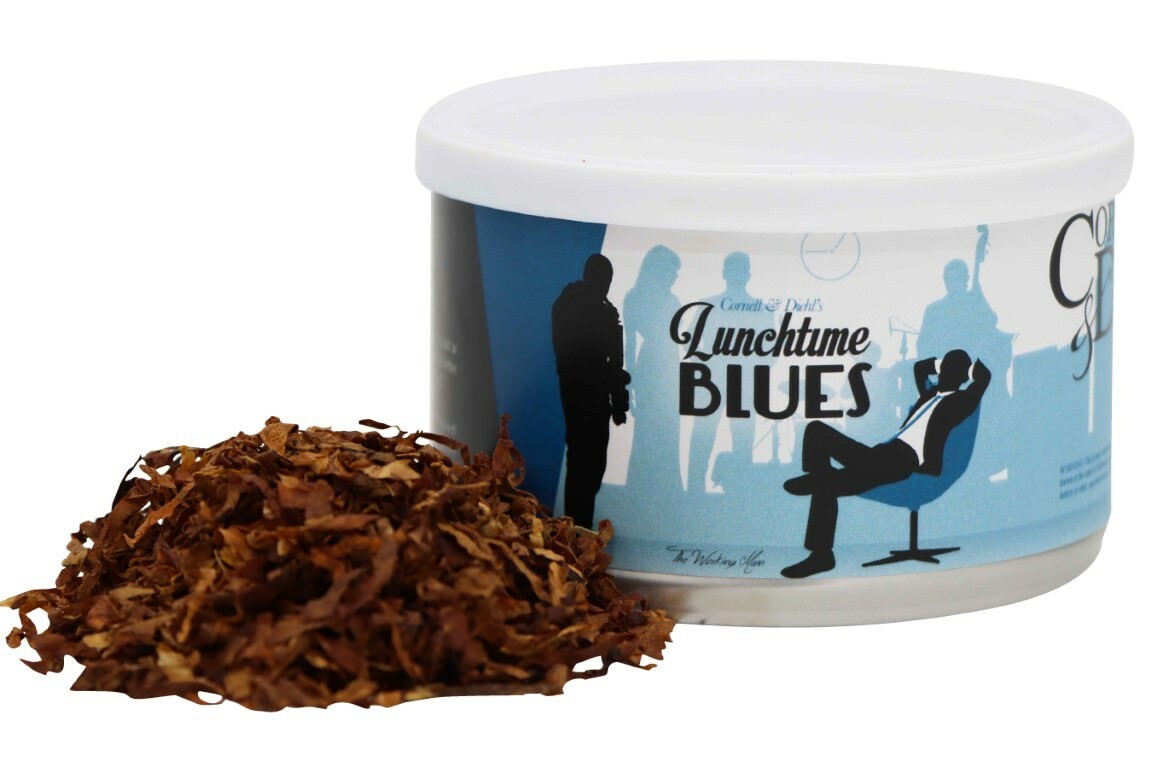How to Break in a Tobacco Pipe
Posted by Greg Rosenberg on 22nd Feb 2022
The idea of breaking in a tobacco pipe can be a bit confusing to new pipe smokers. When we think of breaking in a new pair of shoes or a baseball mitt, we think of something that's stiff needing a little more give to be comfortable. With pipes, we want our smoking instrument to be more durable—that is, less susceptible to damage from overheating and simply more conducive to a good, cool smoke.
Unsurprisingly, there are a few factors and a diversity of opinion on the subject, so before getting into how to break in a pipe, let's start from square one.
What do we mean by "breaking in" a pipe?
Breaking in a tobacco pipe generally refers to the period when a new briar pipe has yet to build up a carbon cake in its chamber. The cake is a coating that slowly builds up around the chamber walls from the release of carbon that results from the combustion of tobacco. Briar is the standard wood for crafting smoking pipes because of its significant heat resistance, but it’s still wood, and we want to take every precaution to avoid damage.
The carbon cake acts as insulation so that the bear briar has a layer between it and the combusting leaf. When a briar pipe's chamber doesn't have carbon buildup, it’s more vulnerable to burn outs. It’s also much easier to enjoy our smokes once there’s carbon buildup, as a cooler smoke should always be the goal. In addition to the threat too hot a smoke has on your pipe, it can also lead to tongue bite, and a poor smoke in general. The flavor we get from pipe tobacco really comes from the smoldering of the leaf, we don't want it set ablaze.
An overt example of this is demonstrated by the vexed windy-day smoke. If you’ve ever tried to smoke outside on a windy day, you may have noticed a big ember in your chamber, half the leaf you packed burned through in minutes, and an acrid taste upon drawing. The wind-stoked combustion is a more dramatic example of what is more subtly happening when we smoke hot.
Carbon cake makes that cooler smoke much more maintainable in our briar pipes. However, you really only need a thin layer. Once that’s built up, you’ll want to maintain your cake without building excess by periodically reaming your tobacco pipe.
Do all pipes need to be broken in?

When you hear pipe smokers talk about breaking in a pipe, they're probably referring to briar.
Corn cob and meerschaum pipes do not need a carbon cake, in fact, most will attest that it's risky to build cake in a meerschaum and advice wiping out the chamber after each smoke to prevent even a thin layer from building.
Of course, there can be excess in any pipe. Basically, heat causes expansion, and due to the material differences between the cake and bowl, and the cake's direct contact with the combusting leaf, they won't expand and contract in perfect harmony. Because briar and corn cob are more accommodating, more limber, than meerschaum, the latter is at a greater risk of cracking.
Potential for damage aside, one of meerschaums distinguishable attributes is its neutral taste. Briar and cake alter the pure taste of a blend, which isn't a bad thing and is often preferred. Still, for many, Meerschaum's faculty for delivering that pure taste is part of its charm and appeal. Neutral taste is also a reason many choose to smoke a corn cob pipe.
Tips for how to break in a pipe
You'll get a lot of different views when asking how to break in a pipe. Many will simply say "smoke it." I've had new pipes that I've smoked from the first bowl just as I would any other and had no problems. I've employed suggested techniques, some I continued with and others I didn't. There is no right way, but let's go over some of those tips and techniques and you can adopt them into your routine as you see fit.
1. Clean your pipe
The first thing I do before smoking a new pipe is give it a clean. This isn't the thorough, deep clean I'll give my tobacco pipes from time to time. After all, the pipe is unsmoked. However, in its travels from the factory or workshop to your hands, there could be some debris that's found its way into the stem and shank. Running a pipe cleaner through it will suffice.
2. Smoke slowly
No matter what techniques you do or do not employ when breaking in a pipe, what's especially important is keeping that pipe from getting too hot while still building up a carbon cake. Finding the cadence to maintain a cool smoke is conducive to getting the most out of a smoking experience, broken in pipe or not. But heat is especially important to be cautious of when the wood is exposed and more vulnerable.
3. Smoke a neutral tobacco to avoid ghosting the briar
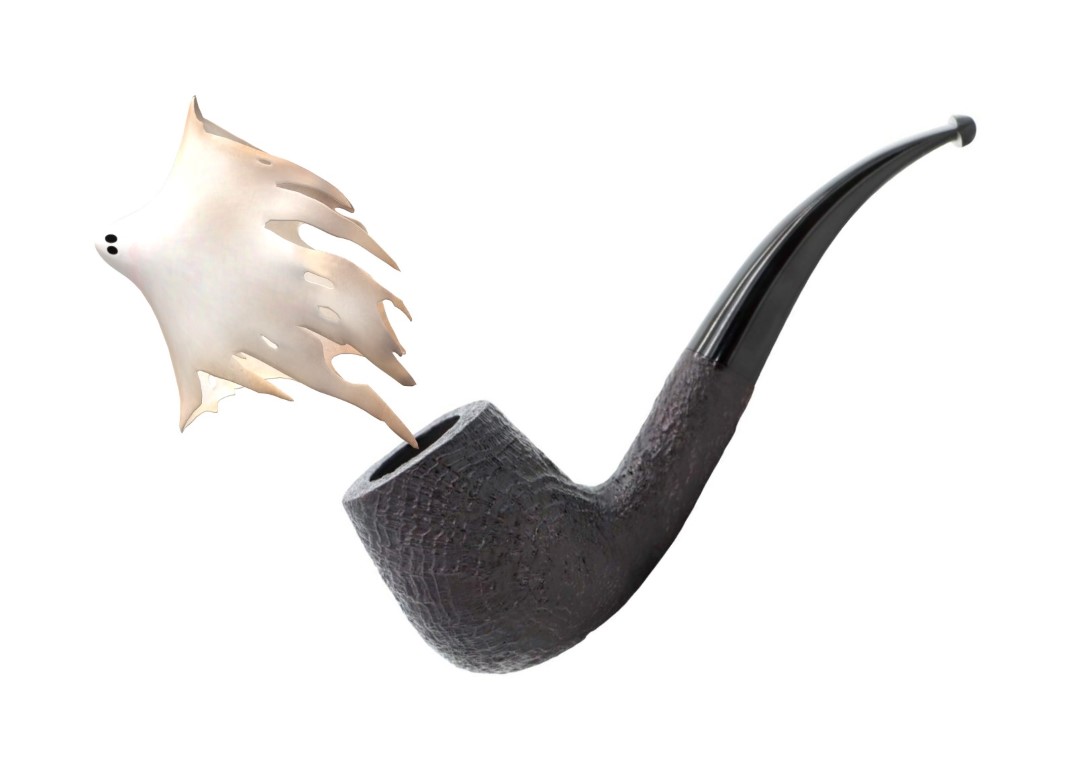
We often think of ghosting as what happens when cake takes on the flavor of especially pungent tobacco and imparts that flavor onto later smokes. But most smokers have at least one story of that cursed pipe from which they could not exorcize that ghost. Try as they try, reaming simply won't do because the ghost is present in the wood. A new pipe that doesn't have a carbon cake is more susceptible to storing the piquancy of Latakia or the top flavoring from a strong-flavored Aromatic. Virginia blends are a good option for breaking in a pipe without it ghosting.
I'll generally use straight Virginia blends to break in a pipe. The one draw back is that their sugar content makes them burn hot if you're not careful with your cadence and packing method. If you're not used to straight Virginias, Oriental or Burley blends could work well. These leaves aren't so dominant in flavor like Latakia or top flavorings, they also have a low sugar content and don't burn so hot. Just make sure the blends don't contain something that might ghost the pipe.
Of course if you plan to dedicate your pipe to a particular genre, this isn't as important (or if you just aren't concerned about ghosting. Many smokers aren't and enjoy their pipes nonetheless). But keep in mind, if ever you grow out of that genre or, for whatever reason, change course with that pipe's dedication, you'll have an easier time ridding it of flavors imbedded in the cake than in the briar.
4. Apply a bowl coating
Often times, manufacturers will apply a coating to their tobacco pipes to help protect the bowl from charring while breaking in and developing a cake. However, not all pipes come with coated chambers and proponents of coatings will opt to apply one themselves. Inversely, many pipe smokers dislike these coatings and remove them before smoking. The bowl coatings are temporary and are only meant to protect in that liminal stage of cake building.
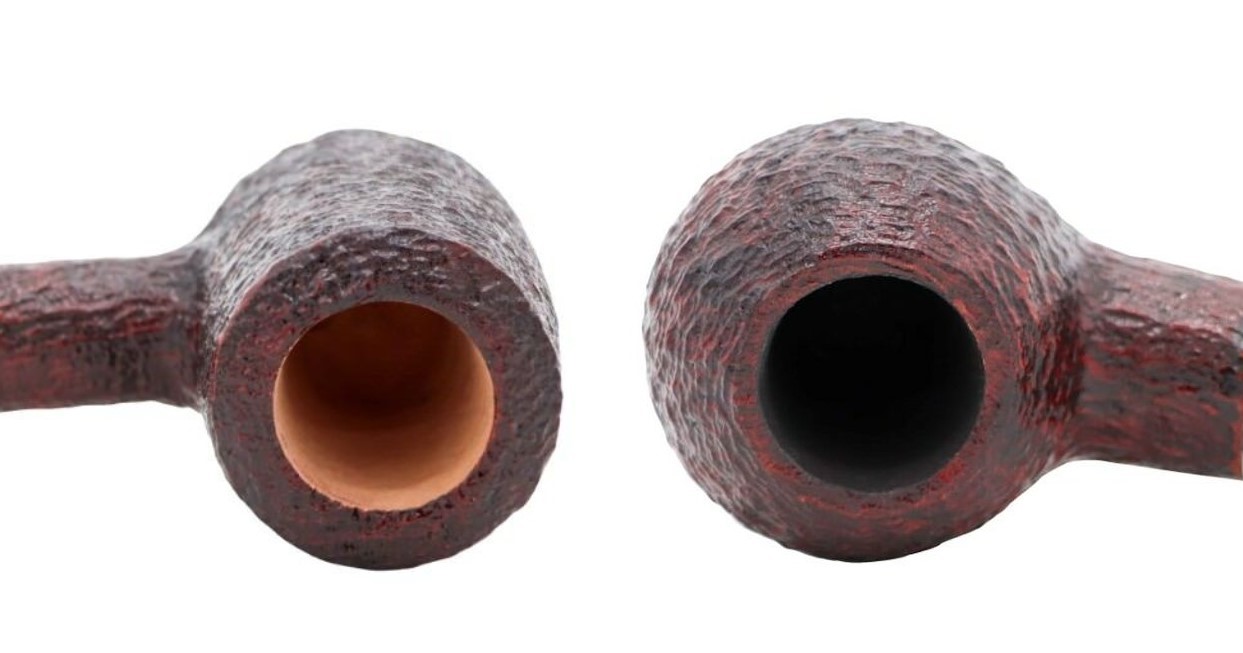
Simon of LCS Pipes and the YTPC channel London Calling With Simon explains that he favors a layer of honey as a temporary coating to protect the briar and expedite the development of carbon cake.
5. Gradual packing method
Another technique you will often hear is the gradual packing method. To get a nice even carbon cake through the chamber, some advocate for only packing the first few bowls one third or one half full, increasing gradually as cake builds up. This is probably the most common technique you'll hear in regards to breaking in a pipe.
On the other hand, if you aren't smoking all the way down to the very bottom, buildup isn't all that important in the heel since it isn't getting very hot. Moisture easily collects in the heel, so even if you smoke nearly to the bottom, most all of us end a smoke with excavating at least a little dottle.
Personally, I don't take this approach, although I did for a while. I certainly don't advocate against it, in fact, I suggest you try it and see if it's for you.
When I have a new pipe, I just make sure that I'm smoking it when I have time to smoke the whole bowl. By whole, I mean as far down as I would in a broken in pipe. For me, the best way to get your cake even is to just smoke all the way through as you usually would, because ultimately that's the area of the chamber surface that will be taking the heat. But I do understand why doing it in stages may mitigate the amount of heat a bowl has to take at one time. I think most all will agree, whether smoking a fraction of the bowl or all of it, the most important factor is going slow and keeping it as cool as can be.
Enjoy your new pipe!
If it seems like there's a lot to this breaking in a pipe thing, it's only because there are different approaches to and thoughts on the subject. I think if it works for some folks, it's worth considering, but ultimately, you find your way. Just take it slow—breaking in or not. Dashing through a museum in a full sprint defeats the purpose right? Enjoy each draw because it's in that patient, rapt state that the enigmatic joy of smoking a pipe lives.


